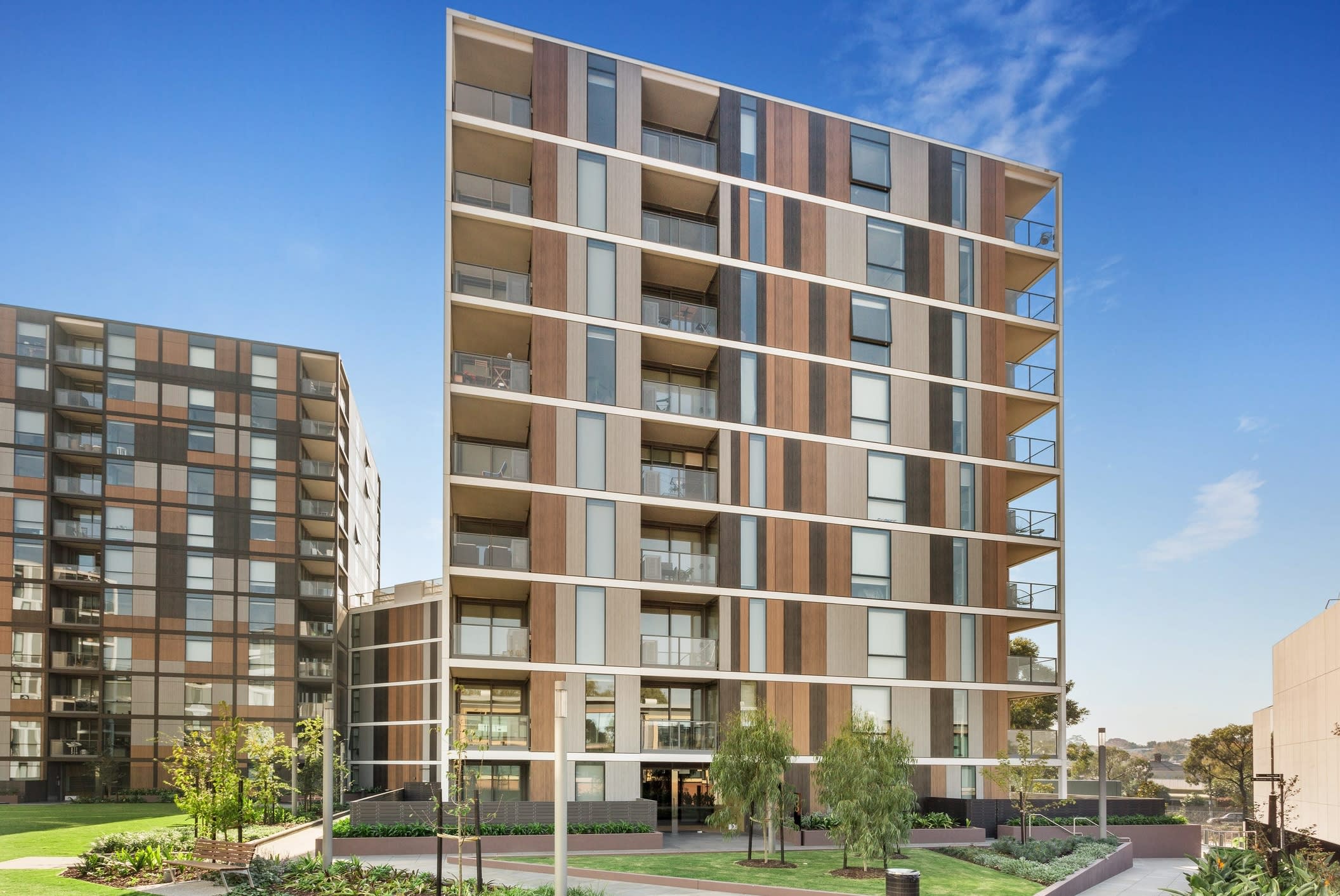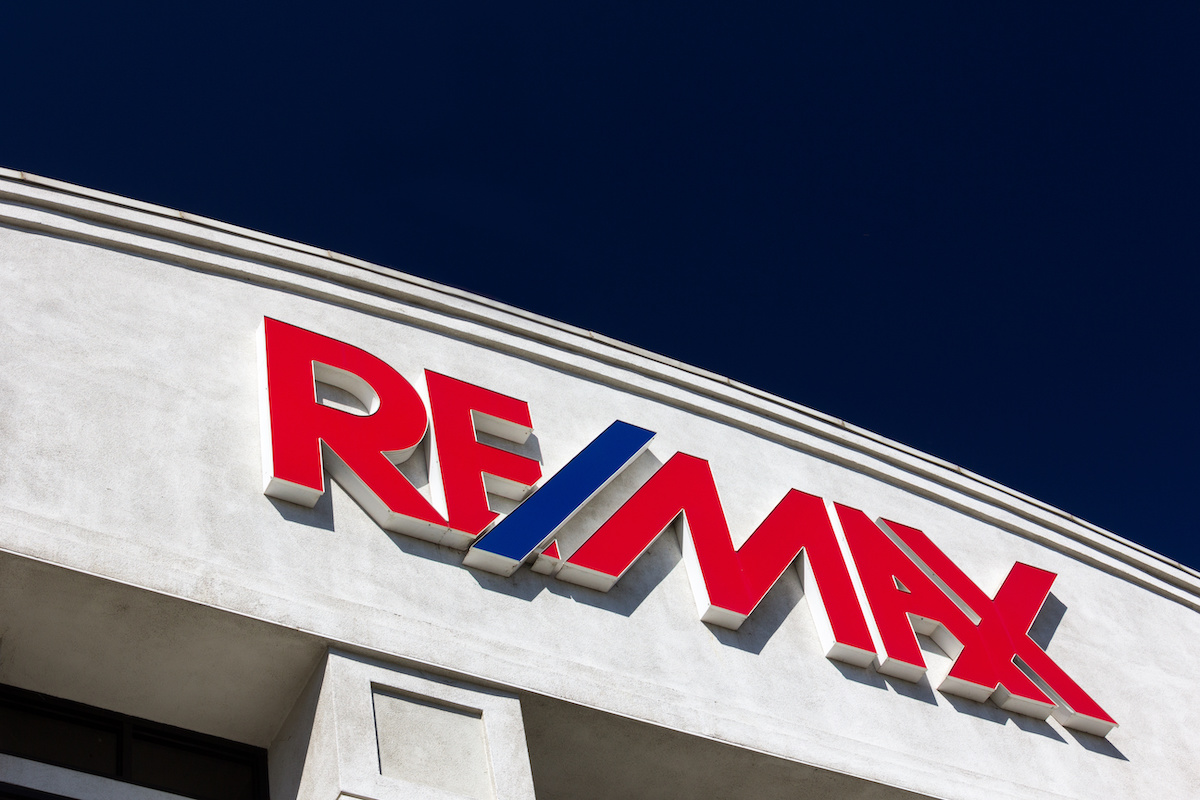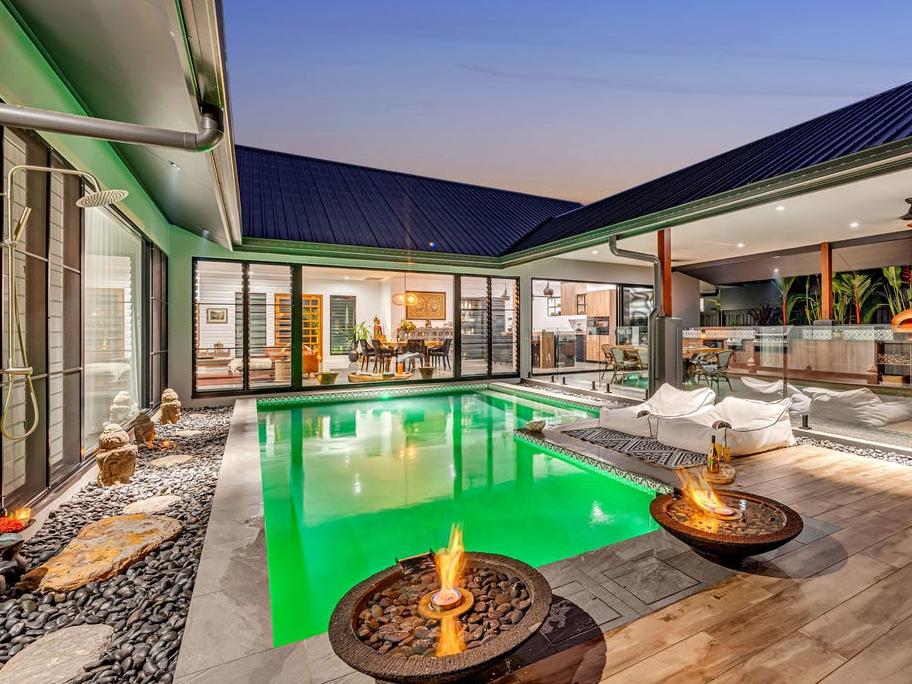
Australia’s national median rent price has crept to a new high, but an uptick in the number of available rentals has kept rents steady across much of the country.
Rents flatlined across most of the country during the December quarter, with the slow period coming after a tough few years for renters.
The national median advertised weekly rent increased to $620 after rising 1.6% through the December quarter and 6.9% during 2024, the latest PropTrack data shows.
However, rents in all the capitals except Brisbane and Canberra remained steady during the quarter.
PropTrack senior economist Paul Ryan said slowing growth in rental prices was easing conditions for renters.
“Rents are now growing at their slowest pace since late 2021,” he said.
“The slower pace of growth comes on the back of an increase in the number of available rentals as well as cost of living pressures limiting tenants’ spending capacity.”
Tenants have endured years of strong rental prices increases since the pandemic, with wages not keeping pace with price rises.
Booming population growth following the reopening of borders put pressure on already tight rental markets, with increased demand for homes coinciding with a reduction in the number of new properties being built due to challenges in the construction industry.
Tenants have faced rising prices and low vacancies in recent years, but the latest data shows rental price growth has slowed as more properties are listed for rent. Picture: Sam Ruttyn
In the same period, the surge in inflation created a strain on household finances, doubling the financial challenges faced by renters.
However, a rise in investor activity during 2024 has contributed to greater numbers of rental listings on the market, with the increased supply of properties for rent helping to soak up demand and ease price growth.
This boost in rental supply has contributed to more stable conditions in the rental market, but affordability remains challenged after the rapid price rises of the past few years.
How rental prices have changed around the country
| Region | Median rent | QoQ change | YoY change |
| Sydney | $730 | 0.0% | 4.3% |
| Melbourne | $570 | 0.0% | 3.6% |
| Brisbane | $630 | 1.6% | 5.0% |
| Adelaide | $580 | 0.0% | 7.4% |
| Perth | $650 | 0.0% | 8.3% |
| Hobart | $520 | 0.0% | 4.0% |
| Darwin | $600 | 0.0% | 1.7% |
| ACT | $620 | 3.3% | 0.8% |
| Capital Cities | $640 | 1.6% | 6.7% |
| Rest of NSW | $560 | 1.8% | 7.7% |
| Rest of Vic. | $460 | 2.2% | 4.5% |
| Rest of Qld | $630 | 0.8% | 8.6% |
| Rest of SA | $400 | 0.0% | 8.1% |
| Rest of WA | $620 | 3.3% | 7.8% |
| Rest of TAS. | $450 | 3.5% | 7.1% |
| Rest of NT | $520 | 4.0% | 4.0% |
| Regional Areas | $550 | 0.0% | 10.0% |
| National | $620 | 1.6% | 6.9% |
Mr Ryan said rental market conditions varied across the capitals and regional Australia.
“Brisbane and Canberra were the only two capital cities to see rents increase over the past three months, but Adelaide and Perth have seen the strongest increases in rents over the past year.”
“In welcome news for renters in the two largest rental markets, Sydney and Melbourne rents have now been unchanged for six months.”
A typical house in Sydney now costs $780 a week to rent, while the median unit rental price is $700.
In Melbourne, the median rent is $580 for houses and $550 for units.
At the national level, rental price growth has been stronger for units (7.1%) than for houses (5.9%).
Regional rents remained steady during the December quarter, but jumped 10% during 2024, outpacing the 6.7% increase across the combined capitals.
A one-bedroom apartment in this newly completed apartment complex in Armadale is advertised for rent for $550 a week – Melbourne’s median unit rental price. Picture: realestate.com.au/rent
Mr Ryan said January was the busiest time of year for the rental market, with large numbers of tenants looking for new rental homes.
While competition was less likely to be as strong as in recent years owing to the increased number of rental homes on the market, prices aren’t likely to come down in most markets.
“We expect rents to increase moderately this year, with the trend of slower rent to persist throughout 2025,” Mr Ryan said.
Easing price growth creates opportunity for first-home buyers
The slowing of rental price growth has coincided with a pullback in home values, creating a window of opportunity for first-home buyers seeking to escape the rental market.
Property prices declined at the national level for the first time in two years, the PropTrack Home Price Index shows.
Australia’s national median home price fell 0.17% in December, with prices declining in every city except Perth and Hobart.
Perth and Hobart were the only capital cities to record an increase in prices in December. This three-bedroom West Perth house sold for $1.4 million in December. Picture: realestate.com.au/sold
The decline was driven by less competitive conditions in December, with an elevated number of homes on the market giving buyers more choice.
PropTrack senior economist Anne Flaherty said price growth momentum had been declining since March last year, with the number of properties for sale in the second half of 2024 higher than the same period in 2023.
“This has given buyers more power, particularly in a market where demand has slowed and supply has increased.
Home prices are forecast to rise by 1-4% at the national level in 2025, according to the latest PropTrack Property Market Outlook, with increased choice, reduced competition and affordability constraints weighing on growth.
However, highly anticipated cuts to interest rates could boost borrowing capacities and increase demand for housing once again.






